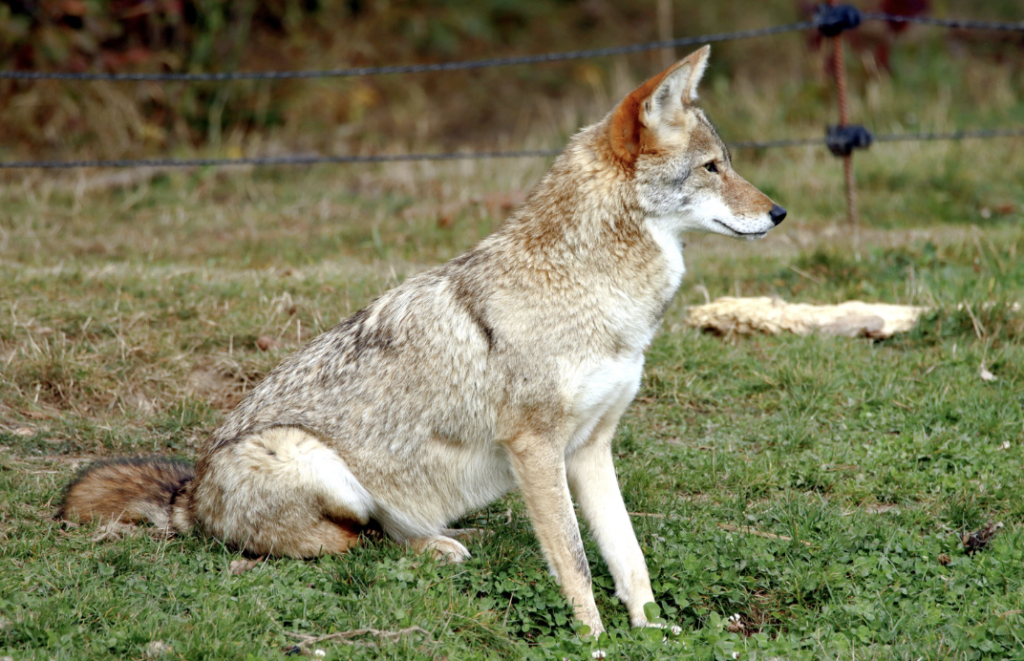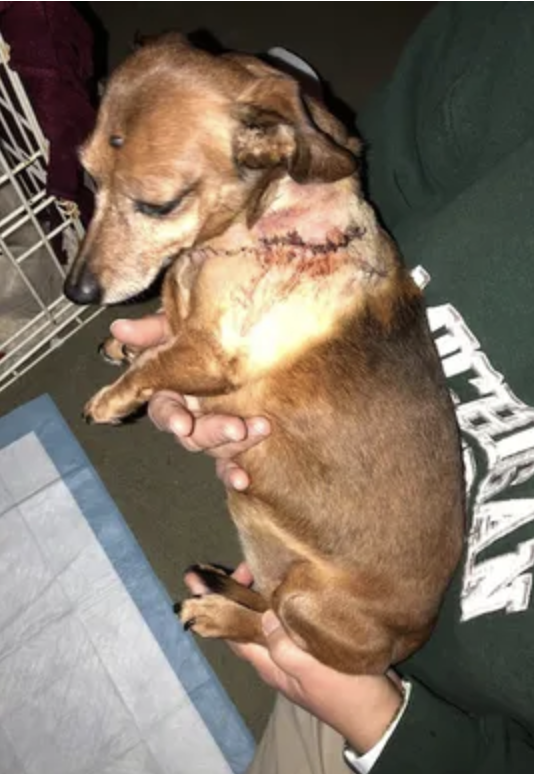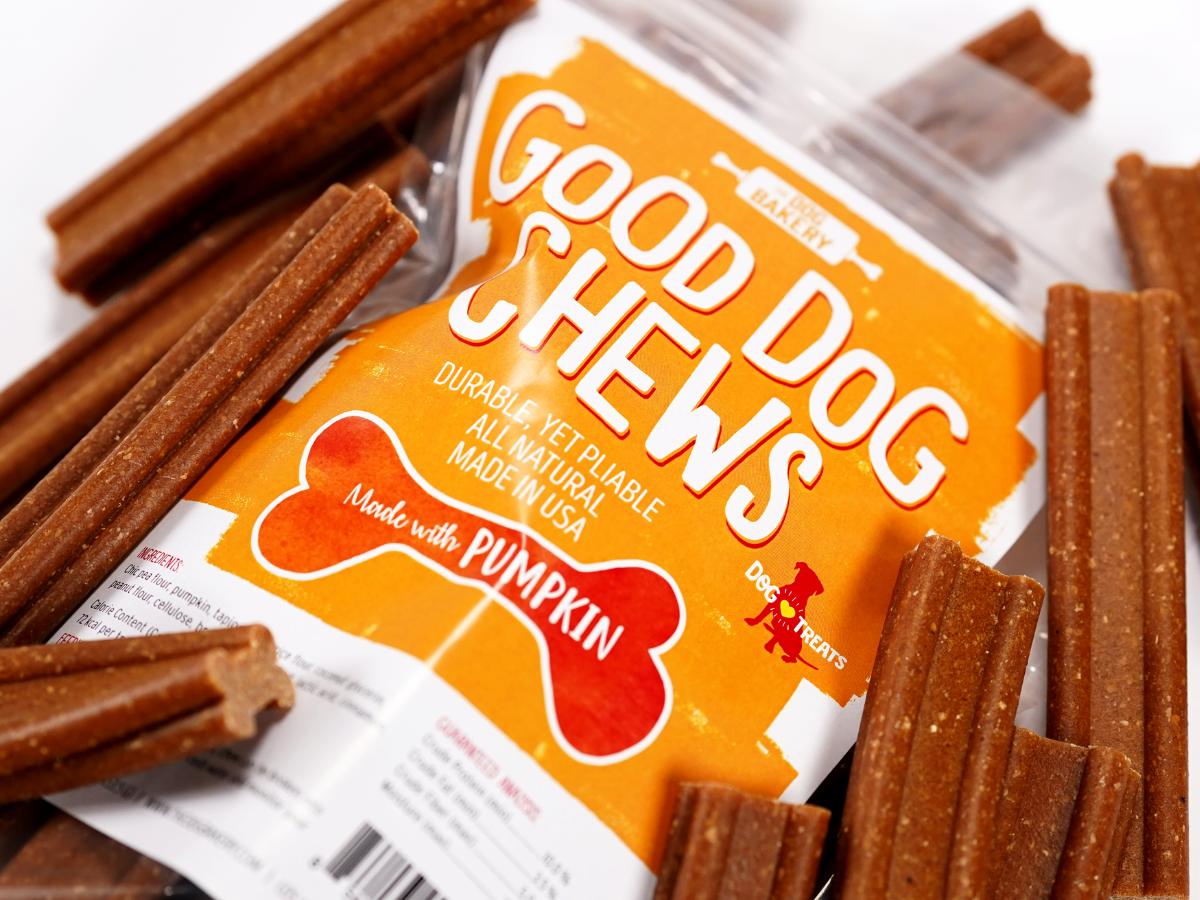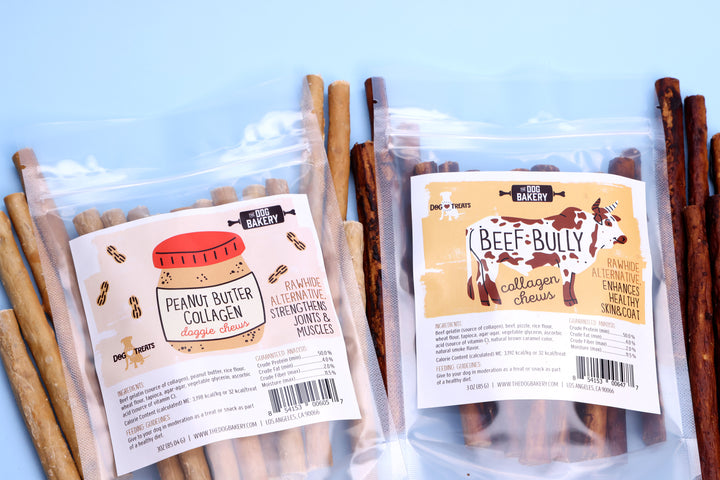If You Have a Small Dog, NEVER Let Them Do This
Even though there aren’t many threats to your pups, there are a few dangers you need to know about, especially if your furry friends are on the small side. Dogs love having time outside but you should never let them go out on their own or unsupervised because…

Coyote attacks are on the rise in urban areas, and smaller breeds are too small to defend themselves, putting them at a very high risk of being seriously harmed.
Also, birds of prey can also attack and kill small dogs, although this is far less common than coyote or bobcat attacks.
So, why are coyote attacks increasing, and what can you do to protect your furry friends? Here’s some basic information and a few helpful tips to keep your pups safe.
Why Are Coyote Attacks Increasing?
Coyotes are getting much bolder lately, and are moving much further into human territory than they would have before. Why, though? What changed? There are a few reasons.
- First, human living areas have plenty of small rodents for them to hunt, and clean water is relatively easy for them to find.
- Second, humans tend to have extra food for them to eat, whether they’re being fed directly or stealing it from the garbage.
- The biggest reason, though, is that there’s just not enough information about the threat of coyotes readily available to humans, so they don’t take the steps to keep them out.

What You Can Do
So, what can you do about it? Fortunately, it’s not all that difficult to make sure your furry friends are safe and keep coyotes away from your home. Here are a few of the easiest ways to repel coyotes whenever you see them, and a few to keep them away when you don’t.
1. Keep Air Horns On Hand

Even if they’re getting bolder, coyotes are still very timid animals and are easily scared by larger animals and strange, unfamiliar noises. While you and I know an air horn won’t actually harm an invading coyote, coyotes won’t stick around to find out what happens when a tall, intimidating human starts making extremely loud and unnatural noises with an air horn. Usually, they’ll just play it safe and leave as shown in videos like this one.
To keep your pup safe, you should always have an air horn ready when you’re out on a walk, and putting one by your backdoor will help if a coyote manages to get into your yard. If you see a coyote, just make yourself look large, then yell and blow the air horn until it runs away.
2. Keep Your Yard Secure
Aside from scaring away coyotes, you should also try to keep them from getting into your yard in the first place. While it may seem like your fence will do the trick, don’t count on it. Coyotes are extremely athletic and are known to jump over six-foot fences without any trouble as shown in this video, so you’ll need to take a few extra security measures.
3. Don’t Leave Food Outside
Coyotes tend to check out places with appealing smells, so try to get rid of any food aromas by tightly sealing any garbage bags or other food containers. From there, scatter coyote repellent around the edges of your fence to create an unappealing smell that coyotes will try to avoid.
You shouldn’t feed your dog outside or feed wild animals outside, whether it’s human food, birdseed, etc. Doing this will only attract coyotes to your yard. If you must feed your pet outside, be sure to pick up leftover food immediately and bring their feeding dish back in the house once the sun goes down.
4. Never Leave Your Dog Unattended
If your dog needs to go outside, take that time to work in the garden, clean up your yard, or do other outdoor activities. Keep your pup in sight at all times and you’ll have a better chance of keeping them safe.
Yes – this means that you may need to get rid of your doggy door. The inconvenience is well worth keeping your dog safe.
A friend of mine, Debra, lost one of her dogs just recently after a coyote jumped the fence. She had a doggy door to the backyard so her 2 senior dachshunds could go to the bathroom by themselves, but that also meant they were spending time unsupervised.

One day, she was out at a football game when she got a call from her neighbor, who told her that a coyote had attacked one of her dogs. They shot the coyote with a BB gun, giving the dog time to escape, but the damage had already been done, and her pup died just a few hours later.
“Since then,” Debra said, “we have removed our dog door so my remaining dog can’t get out. I’d rather he had an accident than go outside and get attacked.”
5. Be Extra Alert During Breeding Season
Coyotes mate and have babies from April through August. Coyotes are very protective of their pups, so keep an eye out for them even more during this time to ensure your dog is safe.
6. Know How to Scare Them Off
Besides using an air horn, you can also do the following to ensure your dog isn’t in danger:
- Maintain your yard. By keeping bushes and trees trimmed, you minimize the number of hiding places for coyotes.
- Get Your Dog an Anti Coyote Vest.
- Invest in coyote-proof fencing
- Install motion-detection lights, and sprinkler systems that can scare coyotes away.
- Be loud and intimidating. If you don’t have an air horn with you stand as tall as you can and keep eye contact. Clap your hands, yell, or make other loud sounds to scare them off. You can also shine a flashlight at them or toss things in their direction. Move quickly and confidently toward them – do not cower from them!
No matter how you do it, keeping your home and yard safe is extremely important for protecting your small dogs from coyotes and other threats. While it’s good to be sure dogs of any size have a safe yard, coyotes are far more dangerous to small dogs, so it’s up to their humans to ensure they’re safe.
As long as you take the steps to secure your home from wild animals, however, your pups will be happy, healthy, and have a safe outdoor space to play in, no matter their size.
FAQ
Can birds attack small dogs?
There are several types of birds of prey that could potentially attack a small dog, although such attacks are still relatively rare. These birds include:
Hawks: Hawks are predatory birds that are capable of attacking and killing dogs. Hawks are generally wary of humans and will usually only attack small animals if they are hungry or if they feel threatened. Additionally, many small dogs are able to defend themselves against hawks by barking or fighting back.
Eagles: Eagles are large birds of prey that are capable of hunting and killing small mammals, including dogs. They are most likely to attack small dogs that are left unsupervised and vulnerable.
Owls: Owls are nocturnal predators that hunt at night. While they typically feed on small rodents and birds, they have been known to attack small dogs that are left outside at night.
Falcons: Falcons are known for their speed and agility, and are capable of hunting and killing small animals, including dogs. They are most likely to attack small dogs that are out in open areas, such as parks or fields.
To help prevent attacks, it’s important to supervise your dog when they are outside, and to take appropriate precautions if you live in an area with a high population of birds of prey.
What to do if a coyote approaches you and your dog?
1. Stop and stand still.
2. Make yourself appear as large and imposing as possible.
3. Be loud and assertive, shouting or clapping your hands to scare the coyote away.
4. Slowly back away from the coyote, while keeping your eyes on it.
NEVER turn your back and run, as this could trigger the coyote’s prey drive and cause it to chase you.
Will coyotes attack dogs at night?
Coyotes are typically more active after sunset, but it’s important to be aware that they can still pose a threat to your dog during the daytime. Although attacks on dogs by coyotes are more common at night, it’s still possible for coyotes to attack during the day.
Do dogs know when coyotes are around?
Dogs have the ability to detect the scent of coyotes and respond accordingly. Your dog may exhibit a range of behaviors, including howling, whimpering, and intense sniffing, which are all clear indications that your dog is aware of the presence of a coyote in the vicinity.



